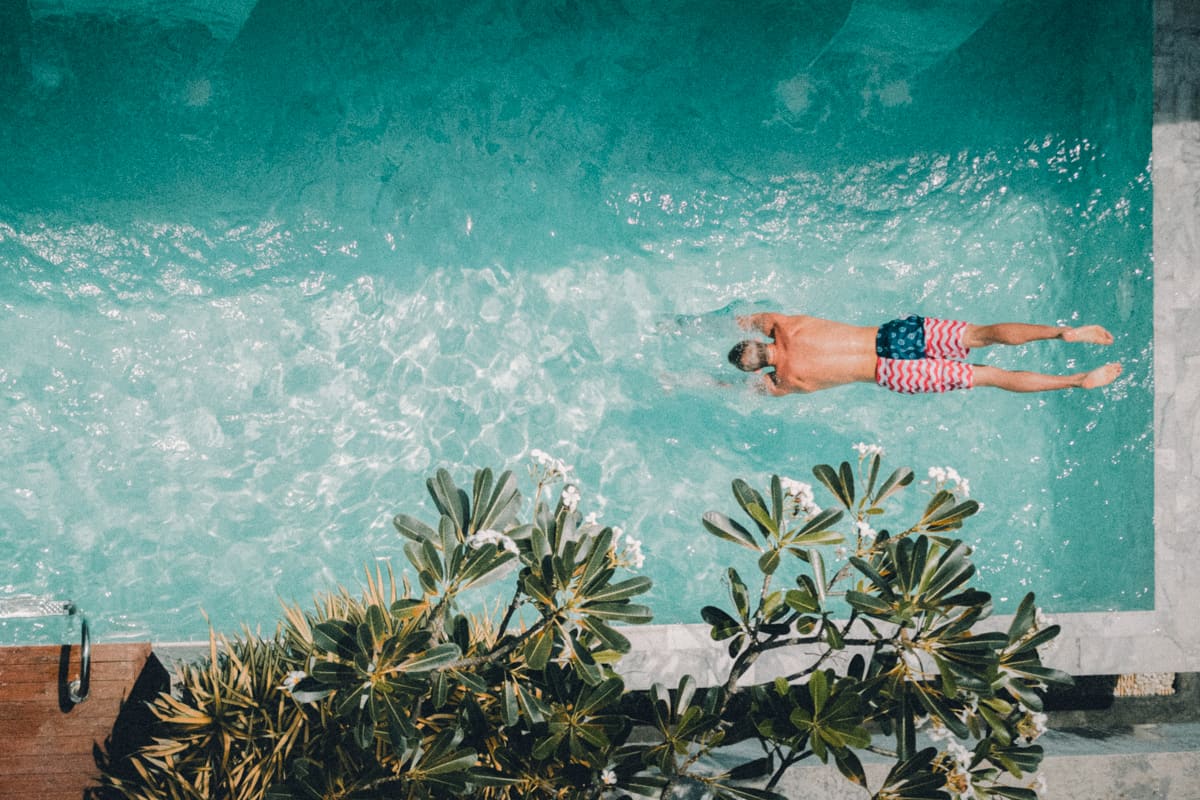Jellyfish Stings: Trust us, don’t pee on it.
We don’t have many jellyfish here in the Gulf, but four types can spoil an otherwise fun day quickly.
The Pink Meanie: Talk about a perfect name! This new species (discovered in 2000) is dark pink and can grow up to 3 feet wide with tentacles stretching 70 feet! Their tentacles produce a painful sting.
The Portuguese Man O’War: While the Man O’War is not technically a jellyfish (trivia: a Man O’War is a group of animals working together that’s called a siphonophore), its tentacles pack a painful, dangerous punch that can be fatal.
They tend to drift towards our beaches during the winter months and may be seen washed up on shore with their light blue tops billowing in the wind.
Keep your distance! A washed-up Man O’War can cause a nasty sting—even after 3 weeks of being washed ashore!
Atlantic Sea Nettle: These jellyfish have brown to dark red stripes and produce an irritating sting.
Cannonball Jellyfish: The Cannonball Jellyfish are often found washed up on our beaches and tend to look like a squished, clear plate on the sand. While their sting isn’t considered dangerous to humans, it does hurt.
So, what should you do if you brush against one of these?
Here’s what the experts recommend:
- Get out of the water,
- Remove the stingers (or barbs) with tweezers, or scrape the area with the side of a credit card or ID,
- Rinse with vinegar,
- Soak in hot water for at least 20 minutes.






